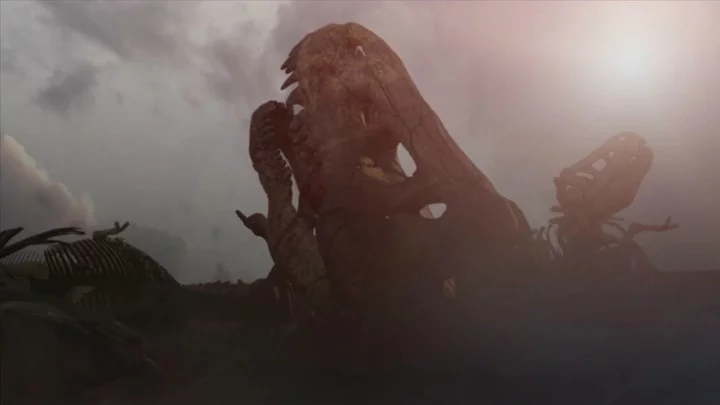We’ve all been told the story of what wiped out the dinosaurs – a giant meteor careers down from the sky, crashes into Earth and bang! The rest is history.
But what if that wasn’t the whole story? A new study suggests there may have been more to it than just an asteroid – and it involves climate change.
A chain of huge volcanic eruptions which eventually cooled the planet an alarming amount may have been partially to blame, according to research.
The study, published in Science Advances and co-authored by Don Baker, a professor in McGill University's Department of Earth and Planetary Sciences, suggests that this might be the case.
The researchers looked into volcanic eruptions at the Deccan Traps, a huge, rugged plateau that formed when molten lava solidified and turned to rock.
The plateau dates back to around 66-65m years ago, when magma from deep inside Earth erupted to the surface. That just so happens to be around the time when scientists think the dinosaurs met their demise.
Baker’s team suggest that the eruptions produced a staggering 1m cubic kilometres of lava, which then turned into rock, which may have played a key role in cooling the global climate around 65m years ago.
The scientists say it’s all to do with how much sulphur and fluorine was pumped into the atmosphere as a result of the eruptions.
Incredibly, they found the event could have sparked a drop in temperature all around the world, dubbed a “volcanic winter”.
Baker said: “Our research demonstrates that climatic conditions were almost certainly unstable, with repeated volcanic winters that could have lasted decades, prior to the extinction of the dinosaurs.
“This instability would have made life difficult for all plants and animals and set the stage for the dinosaur extinction event.
“Thus our work helps explain this significant extinction event that led to the rise of mammals and the evolution of our species.”
The scientists worked it out using new chemical techniques developed at McGill to measure how much sulphur is in the rock formations which came about at the time, then from that, figuring out how much went into the atmosphere.
The paper is titled “Recurring volcanic winters during the latest Cretaceous: Sulfur and fluorine budgets of Deccan Traps lavas.”
How to join the indy100's free WhatsApp channel
Sign up to our free indy100 weekly newsletter
Have your say in our news democracy. Click the upvote icon at the top of the page to help raise this article through the indy100 rankings.

